THE 10 DEADLIEST NATURAL DISASTERS
Few natural disasters rival the destructive powers of these 10 events
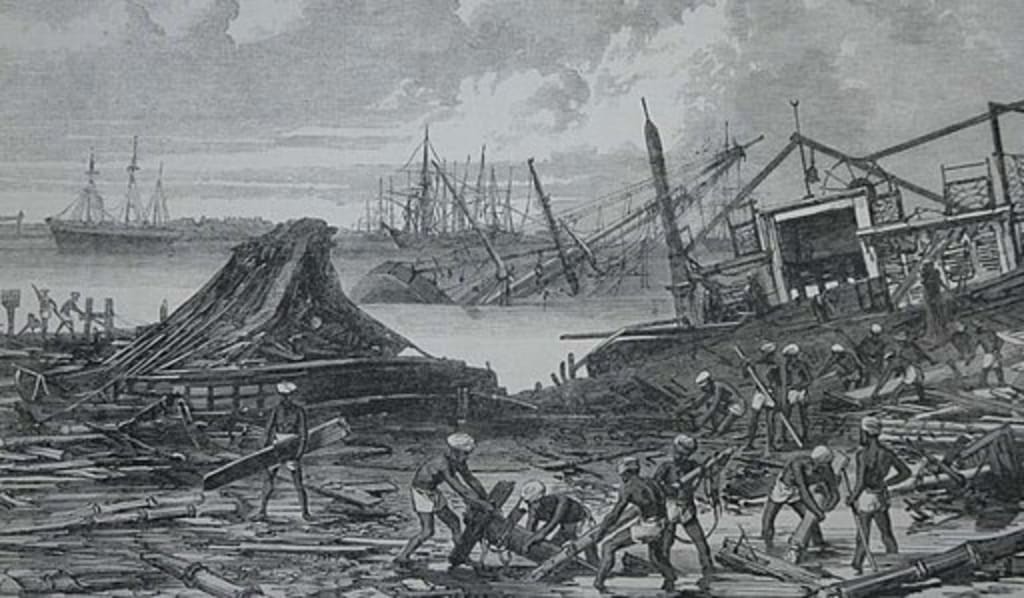
Natural disasters are an all too common occurrence in our world, but we’re fortunate that many do not result in a devastating loss of life. This is not always the case however, and throughout history, there have been many disasters that took countless lives.
It’s important to note, that the death toll estimates for each natural disaster can vary widely. Depending on the region and time period, it can be nearly impossible to iron down an exact number of casualties.
10. Typhoon Nina
Estimated Death Toll: 200,000

In early August 1975, the super typhoon Nina slowly made it’s way across Taiwan and into central China. While winds reached 115 mph, the real threat was the extreme downpour of rain. From August 5th – 7th, up to 41 inches of rain fell on Henan Province, more than the province would receive in an average year.
This drastic increase in rain flooded the dams, which soon failed. 15 billion tons of water rushed through the province, coursing up to 156 miles away. An estimated 26,000 were killed by the rushing flood water and 10 million were left homeless. Over the next few months, famine and disease took hold and killed another 100,000. When all was said and done, nearly 200,000 were dead and 11 million were impacted.
9. 1920 Haiyuan Earthquake
Estimated Death Toll: 200,000

On Dec 16, 1920, a 7.9 magnitude earthquake struck Haiyuan County in China. This powerful earthquake devastated the entire area. Landslides buried entire villages, and nearly all structures were collapsed in several towns. Some rivers were dammed up and others changed course as a result. It’s been estimated that over 200,000 died.
8. 526 Antioch Earthquake
Estimated Death Toll: 250,000

In ancient times, Antioch was a thriving city of 500,000, rivaling the likes of Rome and Alexandria. In what is now southeastern Turkey, Antioch sat near the place where several tectonic plates met in the eastern Mediterranean.
In late May of 526 CE, an earthquake occurred that completely destroyed the city. Contemporaries describe how the city wall and most structures fell as people were buried under the debris of their homes. The earthquake was so powerful that towns up to 20 miles away were devastated.
If this wasn’t bad enough, a fire broke out as a result of the earthquake, which burned the rubble of Antioch for 6 days, and destroyed anything that remained. It’s estimated that 250,000 died from the earthquake and ensuing fire.
7. 1839 Coringa Cyclone
Estimated Death Toll: 300,000
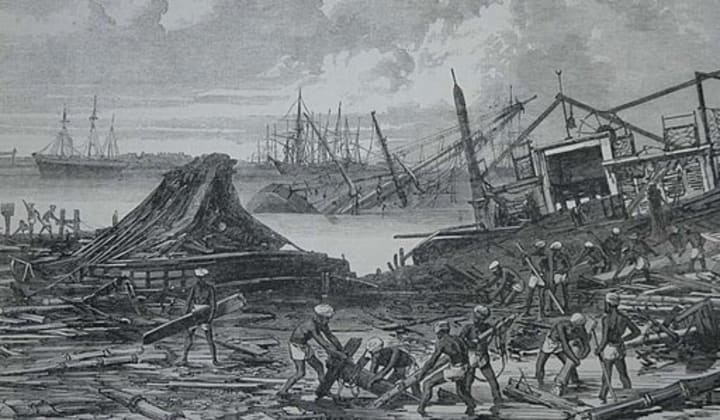
The city of Coringa was a busy port city in India located at the mouth of the Godavari river on the coast of the Bay of Bengal. On November 25, 1839, a cyclone struck the city, bringing with it a 40 foot storm surge. It’s estimated that 300,000 people were killed. Unfortunately, the port was completely destroyed and it’s industry came to a sudden halt. The city never recovered to it’s former glory, and Coringa is a small village today.
6. 2010 Haiti Earthquake
Estimated Death Toll: 220,000 to 316,000
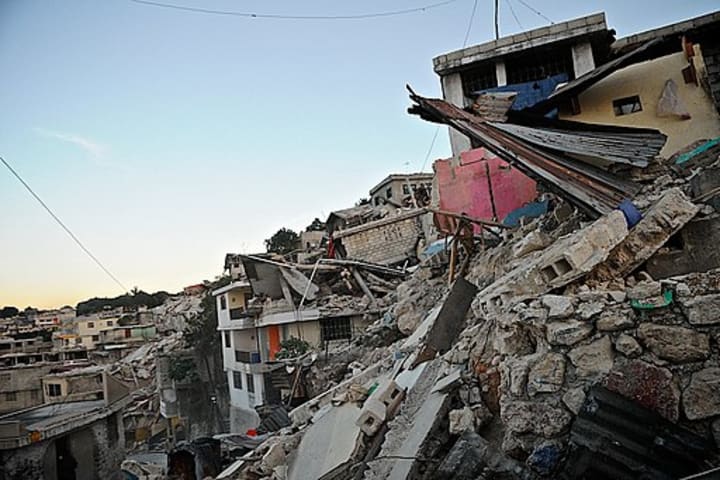
Haiti’s capital, Port-au-Prince, sits very close to the fault line that separates the North American and Caribbean tectonic plates. On January 12, 2010, at about 5pm local time, a 7.0 magnitude earthquake devastated the city. Shockwaves could be felt as far away as Cuba and Venezuela.
Houses were destroyed and hospitals were seriously damaged. An estimated 220,000 to 316,000 were killed and up to 300,000 were injured. More than a million people were left homeless and were forced to live in tents as the city tried to rebuild. An ensuing cholera epidemic swept through the survivors killing 3,300 more.
5. 1976 Tangshan Earthquake
Estimated Death Toll: 240,000 – 500,000
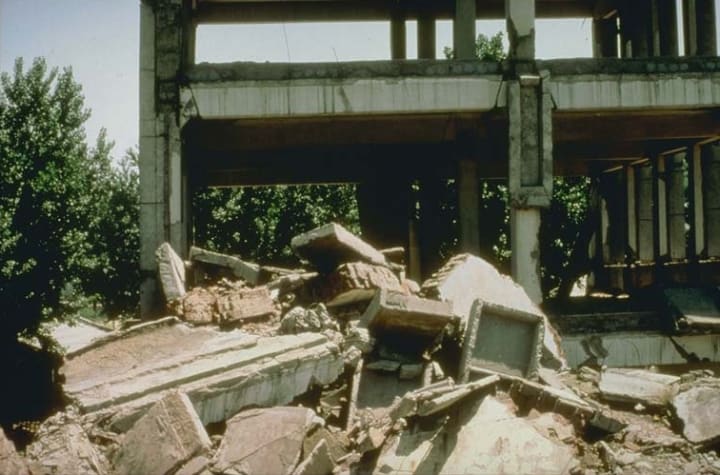
On July 28, 1976 at 3:42 am, a magnitude 7.8 earthquake hit the industrial city of Tangshan China. Unfortunately, many were asleep at the time. As 90% of the city’s buildings were leveled, residents became trapped in their homes. Many of those trapped were later killed by a second 7.1 magnitude earthquake that occurred later in the day. In total, an estimated 240,000 to 500,000 were killed.
The city was practically cut off from the rest of the world as railways, bridges and communication systems were destroyed. The industrial factories had been damaged and were leaking poisonous gas into the air. Due to the overwhelming number of dead, many were buried near the homes they died in.
4. 1970 Bhola Cyclone
Estimated Death Toll: 300,000 – 500,000
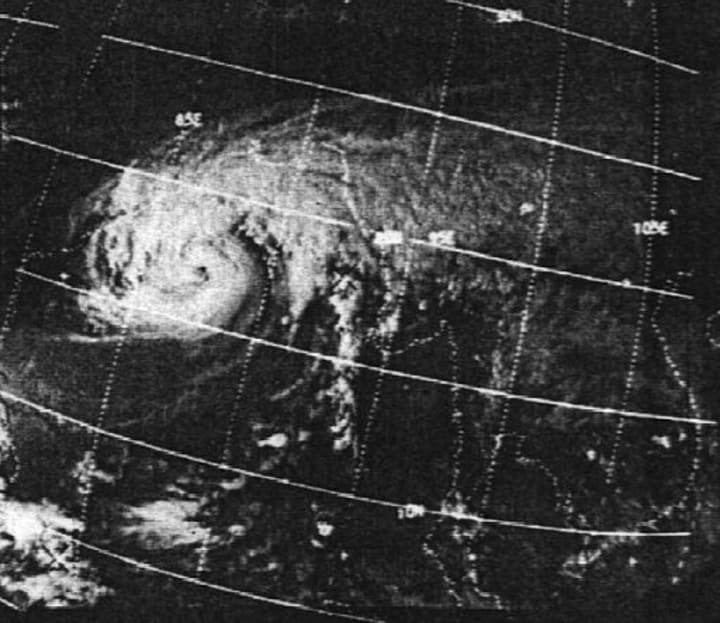
On November 8, 1970, a tropical cyclone formed over the Bay of Bengal in the Indian Ocean. Over the next few days, the storm quickly intensified reaching winds in excess of 140 mph. The cyclone set its sights on the densely populated, sea level country of Bangladesh sitting just north of Bengal Bay.
When the cyclone came ashore on the night of November 12th, during an already above average lunar tide, it brought with it a 20 foot storm surge. Because many people lived in remote areas, they weren’t aware that the storm was coming and most were asleep.
An estimated 300,000 to 500,000 died and 65% of the fishing industry, which many citizens relied on for survival, was destroyed.
3. 1556 Shaanxi Earthquake
Estimated Death Toll: 830,000
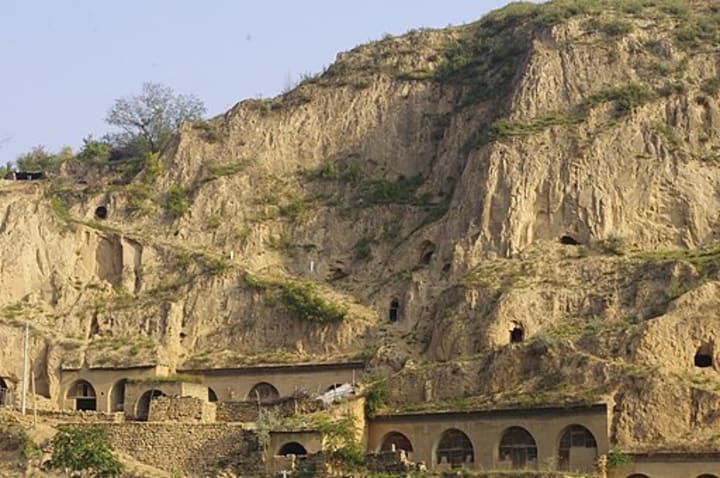
In 1556, the Wei River Valley in the Shaanxi Province in China, was densely populated with many people living in yaodongs, man made caves in the hillsides. When an 8.0 – 8.3 magnitude earthquake struck on the night of January 23, 1556, the yaodongs collapsed, trapping many inside.
In the city of Huaxian, every building collapsed, and more than half the city’s population was killed. The earthquake was so powerful that it changed the path of rivers and caused massive landslides and flooding. In some places, there were even 60 foot deep fissures in the ground. In total, an estimated 830,000 people were killed, and millions were injured and left homeless.
2. 1887 Yellow River Flood
Estimated Death Toll: 900,000 – 2 million
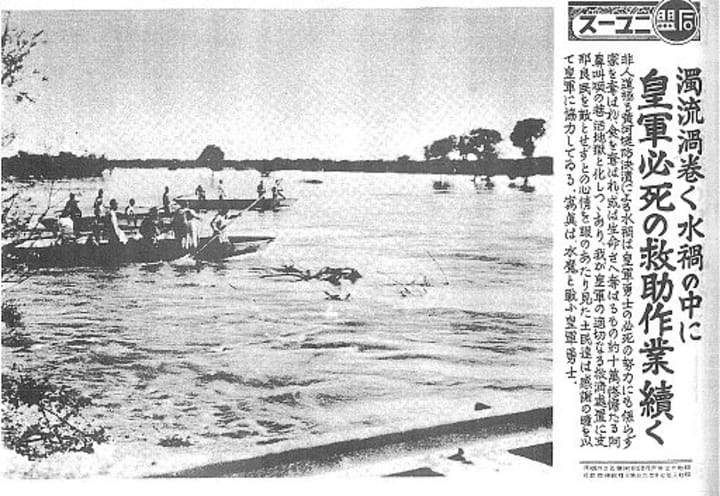
On September 28, 1887, after days of heavy flooding, the Yellow River swelled beyond it’s normal limits and collapsed several dykes in the Henan Province, creating a massive flood. As the flood swept downstream, more dams filled beyond their limits and broke as well, adding more water to the flood.
A warning alarm sounded when the dykes broke, causing many people to come running to help with repairs. Unfortunately, it was too late to fix, and many were caught in the wave and swept away. Within an hour, a lake nearly the size of Lake Ontario was created in a plain near Zhengzhou.
Many desperately clung to tree branches or climbed atop terraces to avoid drowning. Rescue efforts consisted of grabbing people the floated by, or sending out row boats to look for survivors.
Rebuilding was a monumental task and it took nearly two years to repair all the dykes. It wasn’t uncommon for workers to fall into the river and drown during the repairs. By the time recovery completed, many had died from further disease and famine that struck the area. In total, an estimated 900,000 to 2 million died from the floods and it’s impacts.
1. 1931 China Floods
Estimated Death Toll: 400,000 to 4 million

The China Floods of 1931 is a textbook case of unusual weather compounding to create disastrous results.
After two years of drought, Central China received an unusually harsh winter. Come spring 1931, the abundance of snow and ice in the mountains melted, adding to the Yangtze River. An especially severe monsoon season brought seven storms leading to an above average rainfall. The precipitation for July 1931 was 1.5 times the average annual rainfall. By August, water levels in some areas were up to 53 feet above average.
On the night of August 25, 1931 a dike on Lake Gaoyou, unable to hold back anymore water, finally burst. The unleashed water flooded an area of almost 70,000 square miles, larger than the state of Florida. The flood rushed through killing about 200,000 people, many of which were sound asleep.
The flood wave destroyed entire cities and absolutely devastated the fields that were relied upon for farming. The flooding was so severe that a fall crop was unable to be planted leading to a long term food shortage. As famine and disease ran rampant in the aftermath of the flood, many would perish as a result. It is estimated that between 400,000 to 4 million people died and up to 52 million were impacted.
Resources
- 1839- Coringa Cyclone. Hurricanes: Science and Society. (n.d.). Retrieved December 2, 2022, from http://www.hurricanescience.org/history/storms/pre1900s/1839/
- 1970- The Great Bhola Cyclone. Hurricanes: Science and Society. (n.d.). Retrieved December 1, 2022, from http://www.hurricanescience.org/history/storms/1970s/greatbhola/
- 1975- Super Typhoon Nina. Hurricanes: Science and Society. (n.d.). Retrieved December 2, 2022, from http://hurricanescience.net/history/storms/1970s/typhoonnina/
- AIR Worldwide. (2021, August 19). China floods natural & man made disaster. AIRWorldwide. Retrieved November 19, 2022, from https://www.air-worldwide.com/blog/posts/2021/8/why-the-central-china-floods-of-1931-were-a-natural-and-man-made-disaster/
- Antioch Earthquake. Devastating Disasters. (n.d.). Retrieved December 2, 2022, from https://devastatingdisasters.com/antioch-earthquake/
- Arizona State University. (n.d.). World: Highest Mortality, Tropical Cyclone. World Meteorological Organization’s World Weather & Climate Extremes Archive. Retrieved December 1, 2022, from https://wmo.asu.edu/content/world-highest-mortality-tropical-cyclone
- Briney, Amanda. (2021, February 16). How Big Is Each State in the U.S.? Retrieved from https://www.thoughtco.com/list-of-us-states-by-area-1435813
- Elhassan, K. (2018, October 13). Deadliest earthquake in Shaanxi Province: 1556 Shaanxi earthquake. History Collection. Retrieved December 1, 2022, from https://historycollection.com/historys-deadliest-earthquake-in-shaanxi-1556-leveled-mountains-and-reversed-rivers/2/
- Great Flood of the Huang-Ho River. Environment & Society Portal. (n.d.). Retrieved December 1, 2022, from https://www.environmentandsociety.org/tools/keywords/great-flood-huang-ho-river
- History.com Editors. (2009, November 13). Deadliest earthquake in history rocks China. History.com. Retrieved December 1, 2022, from https://www.history.com/this-day-in-history/deadliest-earthquake-in-history-rocks-china
- History.com Editors. (2011, July 18). Massive earthquake strikes Haiti. History.com. Retrieved December 2, 2022, from https://www.history.com/this-day-in-history/massive-earthquake-strikes-haiti
- History.com Editors. (2009, November 13). Yangtze River Peaks in China. History.com. Retrieved November 19, 2022, from https://www.history.com/this-day-in-history/yangtze-river-peaks-in-china
- Lienhard, J. H. (n.d.). No. 1626: THE YELLOW RIVER. The Engines of Our Ingenuity. Retrieved December 1, 2022, from https://www.uh.edu/engines/epi1626.htm
- Lukasik, T. (2021, July 28). The Great Tangshan Earthquake: One of the worst earthquakes in modern history destroys Chinese city. ICC. Retrieved December 1, 2022, from https://www.iccsafe.org/building-safety-journal/bsj-dives/the-great-tangshan-earthquake-one-of-the-worst-earthquakes-in-modern-history-destroys-chinese-city/
- Mann, R. (2022, August 18). The 1931 china flood is one of the deadliest disasters, true death toll unknown. The Weather Network. Retrieved November 19, 2022, from https://www.theweathernetwork.com/ca/news/article/this-day-in-weather-history-august-18-1931-yangtze-river-peaks-in-china
- Ou, Q., Kulikova, G., Yu, J., Elliott, A., Parsons, B., & Walker, R. (2020, July 6). Magnitude of the 1920 Haiyuan Earthquake Reestimated Using Seismological and Geomorphological Methods. JGR Solid Earth. Retrieved December 2, 2022, from https://agupubs.onlinelibrary.wiley.com/doi/full/10.1029/2019JB019244
- Sbeinati, M. R., Darawcheh, R., & Mouty, M. (2005). The historical earthquakes of Syria: an analysis of large and moderate earthquakes from 1365 B.C. to 1900 A.D. ANNALS OF GEOPHYSICS, 48(3), 355–356. https://doi.org/https://www.earth-prints.org/bitstream/2122/908/1/01Sbeinati.pdf
- The 1976 Tangshan earthquake. The 1976 Tangshan earthquake | U.S. Geological Survey. (n.d.). Retrieved December 1, 2022, from https://www.usgs.gov/publications/1976-tangshan-earthquake
- Today in Earthquake History. U.S. Geological Survey. (n.d.). Retrieved December 2, 2022, from https://earthquake.usgs.gov/learn/today/index.php?month=12&day=16&submit=View%2BDate
- United Nations. (2022, January 12). Un marks anniversary of devastating 2010 Haiti earthquake | UN news. United Nations. Retrieved December 1, 2022, from https://news.un.org/en/story/2022/01/1109632
- World’s deadliest tropical cyclone was 50 years ago. World Meteorological Organization. (2020, November 12). Retrieved December 1, 2022, from https://public.wmo.int/en/media/news/world%E2%80%99s-deadliest-tropical-cyclone-was-50-years-ago
- Yang, L., Liu, M., Smith, J. A., & Tian, F. (2017, February 1). Typhoon Nina and the August 1975 flood over Central China. AMETSOC. Retrieved December 2, 2022, from https://journals.ametsoc.org/view/journals/hydr/18/2/jhm-d-16-0152_1.xml
- Yellow River flood – China – 1887 AD. Devastating Disasters. (n.d.). Retrieved December 1, 2022, from https://devastatingdisasters.com/yellow-river-flood-china-1887-ad/
About the Creator
Jen Mouzon
Sometimes truth is scarier than fiction. Obsessed with exploring and sharing myths, legends, weird history and the unexplained. Join me at hungryforlore.com.






Comments
There are no comments for this story
Be the first to respond and start the conversation.